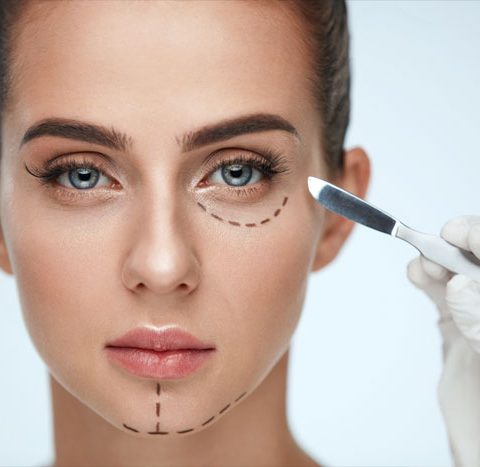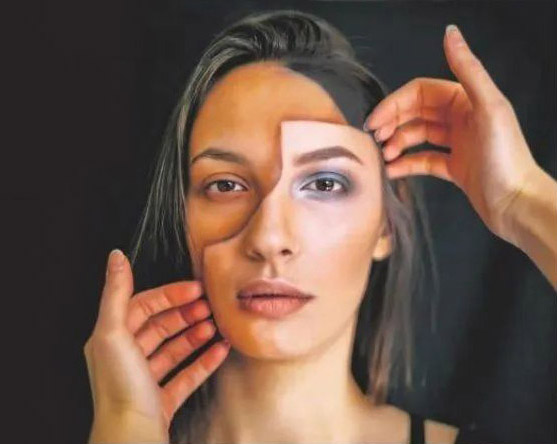Once the growing age is reflected in grey hair, the importance of hair dyes and colours becomes paramount. Hair dyeing and colouring, an ancient art, involves treatment of the hair with various chemical compounds. In ancient times, the dyes were obtained from plants. Some of the most well known dyes are henna, indigo, cassia obovata, senna and amla.
The development of synthetic dyes for hair started with the discovery of the reactivity of PPD (Para-phenylene-diamine) with air. Hair dyeing is now a multi-billion dollar industry that involves the use of both plant-derived and synthetic dyes.
Hair colouring is the practice of changing the colour of hair. The main reasons for this practice are cosmetic, eg to cover grey hair, to change to a colour which is fashionable or desirable, and to restore the original hair colour after it has been discoloured by hairdressing processes or sun bleaching.
How does hair-colour work?
It’s the result of a series of chemical reactions between the molecules in hair, pigments, as well as peroxide and ammonia, if present. The natural colour of hair depends on the ratio and quantities of two proteins, eumelanin and phaeomelanin. Eumelanin is responsible for brown to black hair shades while phaeomelanin is responsible for golden blond, ginger and red colours. The absence of either type of melanin produces white/grey hair.
Precautions:
Don’t leave the dye on your head any longer than needed.
Rinse your scalp thoroughly with water after using a hair dye.
Wear gloves when applying hair colour.
Carefully follow the directions in the hair dye package.
Never mix different hair dye products.
A lot of people at home just buy a box, skip the test, and put it on. This is a mistake as the patch test is our first line of defence when it comes to avoiding allergic reactions to hair dye. So doing a patch test for allergic reactions before applying the dye to your hair is must. This should be done at least 48-72 hours before you plan on dyeing your hair. To test, put a dab of dye behind your ear and don’t wash it off for two days. If you don’t have any signs of allergic reaction, such as itching, burning, or redness at the test spot even after 72 hrs, you can be somewhat sure that you won’t have a reaction to the dye when it’s applied to your hair. If you do react to the patch test, do the same test with different brands or colours until you find one to which you’re not allergic.
It’s important to do this test each time you dye your hair. Never dye your eyebrows or eyelashes. The FDA bans the use of hair dyes for eyelash and eyebrow tinting or dyeing. An allergic reaction to dye could cause swelling or increase risk of infection around or in your eyes. This can harm your eyes. Spilling dye into the eye by accident could also cause irreversible damage.
Hair colouring involves the use of chemicals capable of removing, replacing and covering up pigments naturally found inside the hair shaft. Use of these chemicals can result in a range of adverse effects, including temporary skin irritation and allergy, hair breakage, skin discolouration and unexpected hair colour results.
Side effects of various products result in loss of hair and in extreme cases balding If consumed by the body by means of inhalation or digestion, certain hair dye brands have shown evidence of causing constipation and other dangerous disruptions within human organs.
Hair dyes can cause allergic reactions, including itchy, red skin, swelling or more rarely, anaphylaxis, which is a life-threatening condition requiring immediate medical attention.
Lead acetate is used as a colour additive in “progressive” hair dye products. These products are put on over a period of time to produce a gradual colouring effect. Do not use dyes containing lead acetate to colour moustaches, eyelashes, eyebrows, or any parts of the body other than the scalp.
If you do develop any symptoms of allergies, the safest thing to do, of course, is to skip the colour and talk to a dermatologist about alternatives that might work for you.



